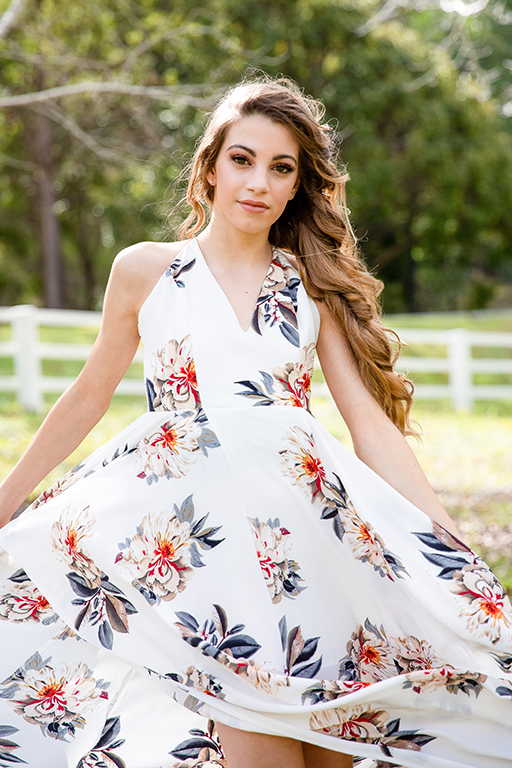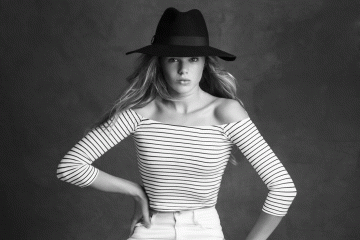The Newbie's Guide to Product Photography
If a picture deserves a thousand words, a magnificent product image is worth a thousand internet site brows through. Although I do not have data to back up that declaration (yet), product photography can be extremely valuable to your ecommerce site method.
To reach your target audience members that prefer acquiring online, you additionally require to give your audience clear, attractive images of your items.
Yet product photography isn't as easy as pointing and also shooting. Also one of the most standard products require the correct equipment, illumination, and also room to produce attractive images that offer customers right from the acquisition web page.
6 Product Photography Tips ( and also Instances) for Taking Pictures That Offer
Below are the suggestions, examples, and also materials you'll require to effectively picture and also market your items in such a way that makes your visitors as well as potential customers wish to transform.
1. Don't be afraid to utilize your smartphone's cam.
This is the part where I'm supposed to encourage you to invest in a high-end, 50-megapixel (MP) electronic camera with a 100-millimeter screw-on lens. But I'm not going to do that.
If you already have a video camera that fits this description, make use of it. But also for numerous kinds of items, it's totally acceptable to shoot product pictures on a smart device.
Newer smartphones flaunt effective electronic camera lenses as well as settings that allow you to maximize your shots for the various types of light and also atmospheres you may fire in.

If you require more persuading, just have a look at Apple's Shot On An apple iphone campaign as well as the images that have actually arised from it over the years such as this one:
2. Fire from a tripod for photo consistency.
Prior to explaining tripods, I'm obligated to start with a principal policy: Do not prop your phone against something tough to intend your lens toward the subject.
It's simply also easy for this makeshift arrangement to slide about throughout the shoot and also trigger variances in your images' appearance. If you rest your electronic camera on, state, a pile of publications, just be sure this setup does not change over the course of the shoot.
There's no injury in holding your electronic camera yourself when shooting simply a few product pictures for your ecommerce internet site. However as your business grows, as well as you take a lot more images of more items, it can be challenging to standardize the product's alignment in each photo when firing portable.
To ensure uniformity throughout your products, you'll need a tripod. And also thankfully, getting one isn't constantly the huge, industrial-sized investment it utilized to be.
Below are two sorts of tripods to take into consideration.
Conventional vs. Adaptable
This is a practice tripod-- there are typical tripods offered for both cams and smart devices.
A flexible tripod can be manipulated in a variety of means. You can flex its legs and also position it on various surfaces to get the angle you require.
Mobile Grip
There's typically a screw on the top of your tripod which connects to your electronic camera to hold it in place. The underside of many professional-grade electronic cameras has a screw opening just for this objective, but smart devices can utilize the complying with adapter:
The adapter grasps the sides of your smart device and can screw into either type of tripod, allowing you to run the electronic camera controls with the phone display facing exterior and also towards you.
When you figure out which place you'll require, establish it up before your product, as well as think about putting three pieces of tape on the ground to mark where you want to keep each leg of your tripod throughout the shoot.
3. Choose all-natural light or artificial light.
Never ignore exactly how certain sorts of light can enhance (or impede) your product photography. Remember, customers get the best take a look at an product face to face, where they can see whatever they need to before buying. The right lighting arrangement helps you disclose those important decision-making product features when all internet site visitors need to go on is a photo.
A single lights arrangement may not work for every product-- a lights setup that helps some products could deteriorate the appearance of others.
There are two sorts of light you can pick as your primary light: natural as well as artificial light.
All-natural Light

Natural light describes sunshine-- simple as that. It's likewise called "soft light" because the sunlight casts a bigger, softer series of light than, say, a lamp beaming straight on the product. Ecommerce product shots grow in natural light if:

The product is shot outside or indicated to be used outside.
The product is made use of by, worn on, or shot with a person ( individuals often tend to look much better in natural light).
You're trying to highlight the product's surroundings, rather than particular attributes of the product.
Right here's an example of a shot making use of natural light:
Artificial Light
Synthetic light includes candle lights, fire, and also extra frequently, light bulbs. It's additionally referred to as " difficult light" due to the fact that it creates a smaller sized yet a lot more concentrated light surface area. This kind of light caters to items with physical details that need to be highlighted to excite an online consumer.
As a general policy, stay with just one kind of light per photo-- all-natural or synthetic. Including all-natural light to an unnaturally lit photo can soften a product that's suggested to look sharp, as well as adding synthetic light to a naturally lit photo can sharpen a product that's indicated to look soft. You don't want to enter your very own means.
4. Fill up or jump your light to soften shadows.
Whether you make use of all-natural light or fabricated light, you'll require to decrease the shadows that any type of potential difficult light casts on the opposite end of a product.
There are three means to do this:
Fill up Light
Include one more, less-intense light to supplement your major light. This added light is called your fill light and also is used as a counterbalance to soften the natural darkness your major light creates behind an object.
To do this, put your fill light contrary your major light so your product rests in between both source of lights.
Flashbulb Bounce Card
A bounce card, or reflector card, is a tiny card that " shows" or "bounces" the major light back onto the surface under your product to decrease darkness.
Some bounce cards attach to the flashbulb of a specialist cam lens to diffuse the light from the cam's flash. This card splashes a softer light onto the subject from above your set-- rather than right at it-- so you don't have lengthy darkness trail behind the things you're shooting.
Standalone Bounce Card
If you're shooting from a mobile phone, a flashbulb bounce card isn't an option, because you don't have a physical flash you can connect it to. Rather, make your very own standalone bounce card positioned contrary your main light source.
For beginners to product photography, this bounce card can efficiently replace your fill light, which counters the hard light from the cam flash or lamp that's encountering toward the front of your product.
5. Use a move or picture setting to highlight the product.
There isn't one ideal way to place your product, lights, and also bounce cards-- they can alter dramatically depending on your history. Yet don't choose a history based upon what's simplest to produce. Backgrounds should resemble just how you want your buyers to regard your product when seeing it online.
Think about initially whether you 'd such as a white background or a more vibrant, real-world history. There's an simple means to attain each one.
White History: Move
For white histories, it's not as simple as setting up a table against white drywall. Even mobile phone cameras can grab little imperfections on a white wall surface that you wouldn't see with the nude eye. To catch a excellent white history without any corners or blemishes, use a sweep.
A move is a large bendable sheet of paper, whose lower function as the surface underneath your product and afterwards contours up right into a white wall behind the product.
On electronic camera, the move's curve is unseen, stressing vital product information as well as enabling the thing to possess every one of a site site visitor's attention.
Real-World Background: Picture Setting
Dynamic, real-world backgrounds are very enticing when capturing products that have a specific usage or are being designed by a person-- as you saw aware of the briefcase earlier in this guide.
Yet, it's very easy for a real-world background to swipe the focus of the photo, making it unclear which thing in the photo you're in fact offering.
Provide your product deepness as well as focus with picture mode, a image setting on a lot of professional electronic cameras, as well as likewise readily available on many new smartphones. This setting blurs the background so the context of the product is clear however not competing versus the product itself.
Below is a very amazing photo of a HubSpot pen taken in portrait mode on a Google Pixel 2 (I took this image myself). You can inform the pen sits on a desk with a computer behind it, but the pen is still the prime focus for audiences:
6. Fire a selection of images.
My last ecommerce photography idea to you is to not stop at one photo per product. Just as your customers look, hold, use, as well as even try on merchandise in a store, your web site needs to fire a selection of photos to imitate this extremely experience.
If you're shooting clothes, for instance, record the garment of clothes alone-- that is, expanded on a white surface-- in addition to on a mannequin whose shade contrasts the shade of the product.
After that, for extra images, have the apparel modeled on a person, enabling you to take images of the product from the individual's different positions and angles.
Product Photography Set Up
Next off, let's summarize what we simply received-- here's a list of fast product photography set-up suggestions that you can refer to and share on your team:
• Choose a cam-- whether that indicates using your smartphone.
• Obtain a tripod that helps your camera of option.
• Select natural or artificial lighting-- think about which choice is best for your product and ad campaign photography also environment.
• Determine whether you'll load or jump light.
• Select sweep or picture mode.
• Take numerous different images to use your audiences selection.
Start With Your Product Photography
Do not really feel obligated to buy every idea and also tool at the same time. Apply these product photography ideas slowly to see what makes your shop look the most presentable, and also alter your approach as your photography chops improve.